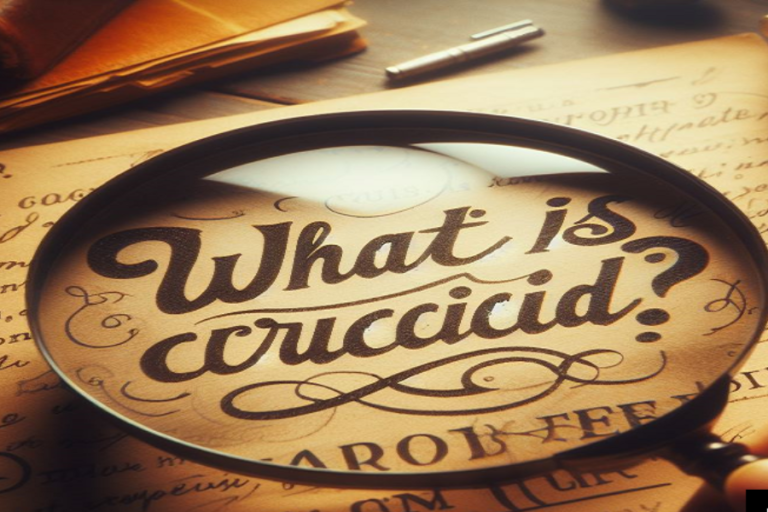Lace Up: The Timeless Appeal of Shoelaces
Introduction: More Than Just a Detail
Shoelaces might seem like a minor aspect of our daily fashion, but they play a crucial role in keeping our footwear secure and stylish. The term “lace again” reflects the enduring relevance of shoelaces in both function and fashion. This article delves into the history, types, and cultural significance of shoelaces, while offering tips on how to care for them.
A Historical Look at Shoelaces
Ancient Beginnings
The story of shoelaces begins thousands of years ago. The oldest known shoelaces were found on leather sandals from around 3500 BC in Armenia. These early laces were made from leather thongs, designed simply to keep shoes on the feet.
From Medieval Times to the Modern Era
Shoelaces evolved significantly over the centuries. By the medieval period, they featured aglets—small metal tips designed to prevent fraying. The 19th century brought mass production and a variety of lacing techniques, making shoelaces both accessible and customizable.
Exploring Different Types of Shoelaces
Flat vs. Round Laces
Shoelaces come in various forms. Flat laces, commonly seen in athletic shoes, provide a secure fit and are less likely to come undone. Round laces, often used in dress shoes and boots, offer a more refined look.
Elastic Shoelaces
A recent innovation, elastic shoelaces stretch to accommodate foot movement. They are particularly useful for runners and children, offering an easy way to secure shoes without constant adjustments.
Waxed Shoelaces
For a touch of sophistication, waxed shoelaces are coated with a layer of wax. This treatment makes them resistant to water and dirt, ideal for dress shoes where durability and style are key.
The Many Roles of Shoelaces
Keeping Shoes Secure
Shoelaces are essential for securing footwear, ensuring that shoes stay put during movement. Properly tied laces help prevent accidents and injuries, especially during physical activities.
Adjusting Fit
Shoelaces also allow wearers to adjust their shoe fit for comfort. Tightening or loosening laces can provide a more customized fit, which is vital for athletes needing optimal support.
Adding a Style Touch
Beyond function, shoelaces enhance the aesthetics of footwear. The color, material, and style of laces can complement or contrast with a shoe’s design, adding a personal flair to any outfit.
Shoelaces in Culture
Sports Significance
In sports, shoelaces symbolize preparation and focus. Athletes often view the act of lacing up their shoes as a ritual that signifies their readiness for competition.
Fashion Statements
Shoelaces have become a fashion statement in their own right. Designers experiment with materials, colors, and patterns, sometimes creating limited-edition laces that become coveted items in the fashion world.
Symbolism and Self-Expression
Historically, shoelaces have carried symbolic meanings. During the punk and rock movements of the 1960s and 70s, different colored laces were used to express individuality. Today, the way shoelaces are styled can still convey personal messages or beliefs.
Maintaining Your Shoelaces
Cleaning Tips
To keep your shoelaces looking their best, clean them with mild soap and water. For tougher stains, a bit of baking soda can help. After washing, air-dry the laces to avoid shrinkage.
When to Replace Laces
Shoelaces wear out over time, especially with frequent use. Replace laces when they become frayed or lose elasticity to maintain both the appearance and functionality of your shoes.
Facts
- Historical Origins: The oldest known shoelaces date back to around 3500 BC, found on leather sandals in Armenia. These early laces were made from leather thongs.
- Medieval Innovations: By medieval times, shoelaces included aglets—small metal tips to prevent fraying.
- 19th Century Advances: The 19th century saw mass production and various lacing techniques, making shoelaces more accessible and customizable.
- Types of Shoelaces:
- Flat Laces: Common in athletic shoes, providing a secure fit and less likely to come undone.
- Round Laces: Typically used in dress shoes and boots, offering a refined look.
- Elastic Laces: Stretch to accommodate foot movement, useful for runners and children.
- Waxed Laces: Coated with wax to resist water and dirt, ideal for dress shoes.
- Cultural Significance:
- Sports: Symbolize preparation and focus.
- Fashion: Used as a fashion statement, with designers experimenting with colors and patterns.
- Symbolism: Historically used to express individuality, especially in punk and rock movements.
- Maintenance:
- Cleaning: Wash with mild soap and water; use baking soda for tougher stains. Air-dry to avoid shrinkage.
- Replacement: Replace laces when they become frayed or lose elasticity.
Summary
Shoelaces, often overlooked in fashion, are crucial for both function and style. Originating from leather thongs in ancient Armenia, shoelaces have evolved from simple functional items to diverse elements of personal expression and fashion. They come in various types, including flat, round, elastic, and waxed, each serving different purposes and styles. Shoelaces also hold cultural significance, from symbolizing athletic readiness to making fashion statements. Proper care, including cleaning and timely replacement, helps maintain their functionality and appearance.
FAQs
Q1: When did shoelaces first appear?
A1: The oldest known shoelaces date back to around 3500 BC and were found on leather sandals in Armenia.
Q2: What are the different types of shoelaces and their uses?
A2: Shoelaces come in several types:
- Flat laces are common in athletic shoes for a secure fit.
- Round laces are used in dress shoes and boots for a refined look.
- Elastic laces stretch to accommodate movement, useful for runners and children.
- Waxed laces resist water and dirt, ideal for dress shoes.
Q3: How do shoelaces contribute to fashion?
A3: Shoelaces add a style touch to footwear, with variations in color, material, and design enhancing the aesthetics of shoes. They have become a fashion statement, with designers creating unique, limited-edition laces.
Q4: How should I care for my shoelaces?
A4: Clean shoelaces with mild soap and water, and use baking soda for tough stains. Air-dry to prevent shrinkage. Replace laces when they become frayed or lose elasticity.
Q5: What is the cultural significance of shoelaces?
A5: Shoelaces symbolize preparation in sports, serve as fashion statements, and have historically been used for self-expression, especially in movements like punk and rock.




